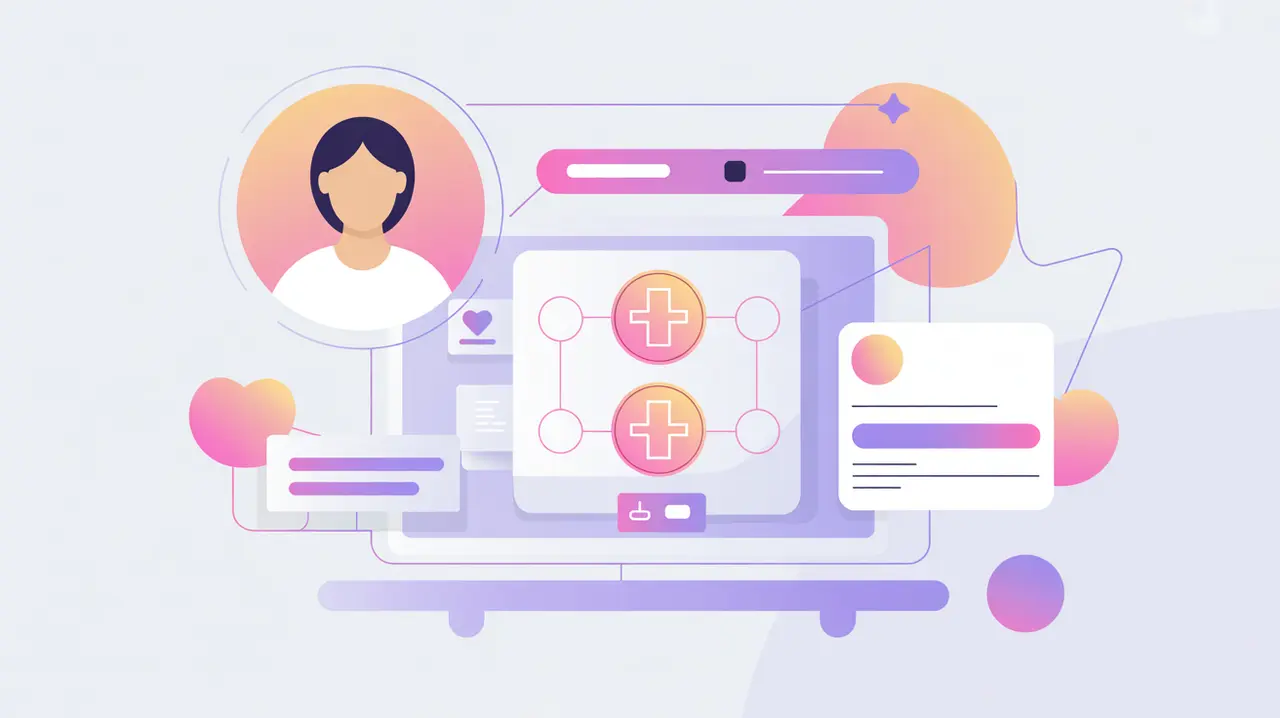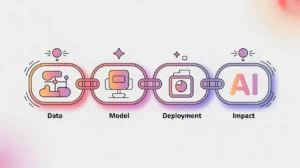Importance of Health Triage and Clinical Decision Support
Health Triage and Clinical Decision Support systems use AI and digital tools to assist patients, frontline health workers, and clinicians in making timely and accurate care decisions. Triage tools help determine the urgency and type of care needed, while decision support systems provide evidence-based recommendations for diagnosis, treatment, or follow-up. Their importance today lies in addressing health workforce shortages and reducing preventable errors, especially in low-resource settings.
For social innovation and international development, these systems matter because they extend the reach of health services, improve efficiency, and support equitable care delivery. By augmenting rather than replacing clinicians, they help ensure that patients receive appropriate, timely, and safe care.
Definition and Key Features
Triage systems range from simple symptom checkers to AI-driven applications that assess risk levels. Clinical decision support (CDS) tools draw on medical guidelines, patient records, and predictive analytics to guide diagnosis and treatment. Examples include electronic medical record integrations, mobile apps for frontline workers, and AI diagnostic tools.
They are not the same as telemedicine platforms, which focus on connecting patients to providers, nor are they equivalent to general health information apps that offer static advice. Triage and CDS systems provide structured, personalized, and often real-time guidance for clinical decisions.
How this Works in Practice
In practice, a health triage system might direct a patient with mild symptoms to self-care, while escalating urgent cases to emergency facilities. CDS tools can recommend medication dosages, flag potential drug interactions, or suggest diagnostic tests based on patient data. AI models can detect patterns in imaging, lab results, or epidemiological data that may escape human observation.
Challenges include ensuring accuracy and cultural relevance, preventing over-reliance on automated tools, and protecting sensitive health data. Validation against diverse populations is critical, as algorithms trained on narrow datasets risk perpetuating inequities.
Implications for Social Innovators
Health triage and clinical decision support are transformative for mission-driven organizations. Health NGOs can equip community health workers with mobile apps to triage patients and provide basic treatment guidance. Education initiatives in health training can integrate CDS tools into curricula to build digital literacy among clinicians. Humanitarian agencies use triage systems during emergencies to manage patient surges. Civil society organizations can advocate for responsible deployment of AI in health, ensuring that tools serve equity and community needs.
By combining triage with decision support, these systems enhance capacity, improve outcomes, and bring quality healthcare closer to underserved populations.







